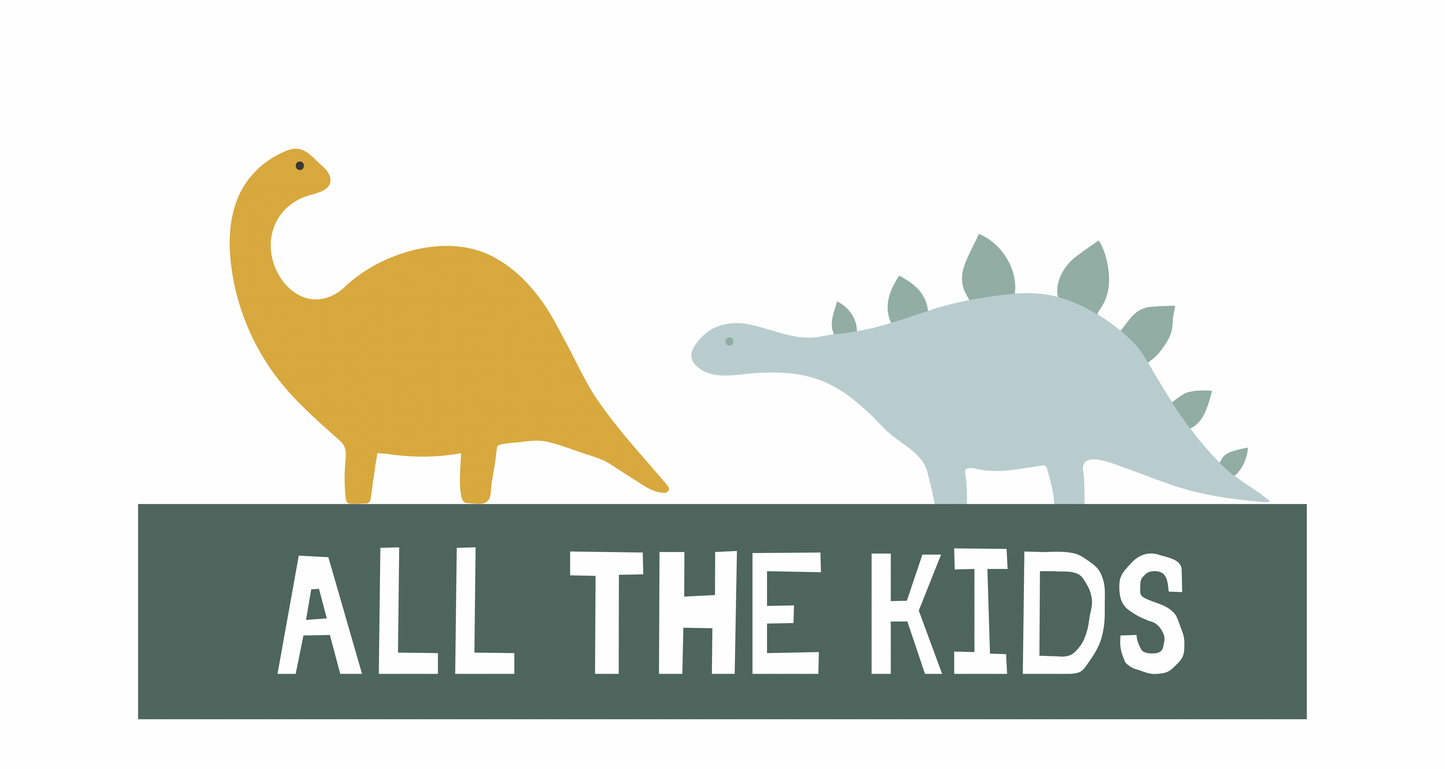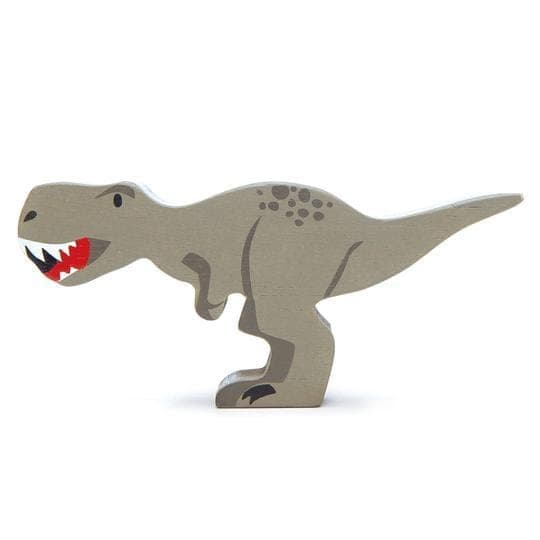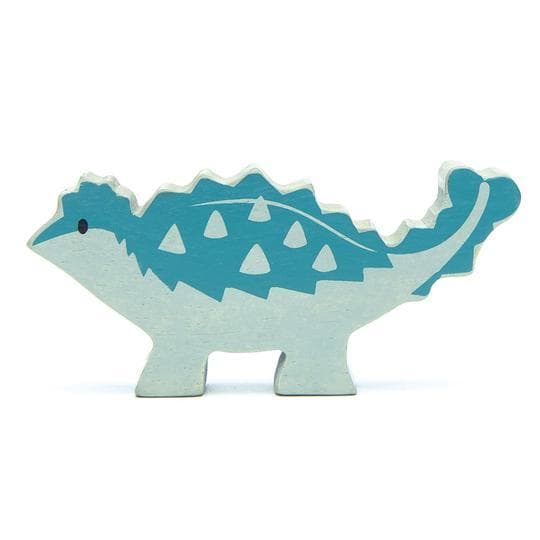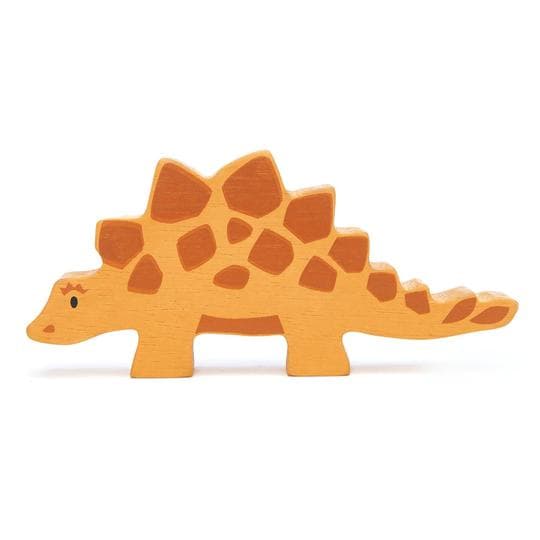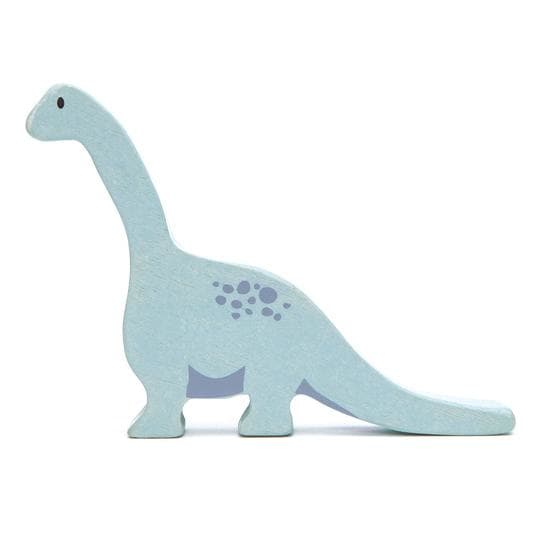
This store requires javascript to be enabled for some features to work correctly.
In our house we thought we were OK with our dinosaur knowledge having seen Jurassic Park quite a few times during our lives and been introduced to Gigantosaurus by our 3-year-old. However, when she started asking us about individual dinosaurs – what are their names, what do they eat etc. we found that whilst we knew about T.rex, we weren’t that confident about other dinosaurs.
After talking to our friends with children the same age, we found we weren’t alone and that after a probing question, they had needed to quickly divert attention and check on Mr Google before responding. They, like us, didn’t want to say the wrong thing, that could later come back to haunt them when remembered in a science lesson in the distant future, only for your child to be told it was completely wrong and be scared for life and you feel guilty forever more (I exaggerate but parent guilt is horrendous!) So, with that in mind, we thought that for this first blog on toys, we would give you some facts about each of our wooden dinosaur toys from Tenderleaf, so that if you’re asked, you have them ready and look like a real palaeontology expert!

Tyrannosaurus-Rex
First up, arguably the best-known dinosaur… the T. rex! Made famous in the film Jurassic Park and as the dinosaur of choice for the loveable character Rex in the Toy Story franchise, the T.rex is considered to be one of the greatest predators that has ever lived.
Pronounced – Tuh-ran-uh-saw-ruhs – Meaning King of the Lizards
Length – 12 metres
Weight – 5 tonnes or 5000kg
Diet – Carnivore
Lived – 65 to 70 million years ago during the late Cretaceous period
5 Interesting Facts
T.rex was not the biggest carivourous dinosaur – Gigantosaurus, Spinosaurus and Spinosaurus were bigger
T.rex could only walk briskly up to 12 miles per hour – so they couldn’t chase a car like in the scene in the Jurassic Park film
T.rex had a life expectancy for about 28 years
T.rex had 60 serrated teeth, each about 8 inches or 20cm long and would throw its prey into the air and swallow it whole!
Scientists think that T.rex even ate each other!

Triceratops
Next up is another well-known dinosaur... the Triceratops! Depicted as kind and loving in the film Jurassic Park, it’s one of the most easily recognisable dinosaurs due to its large body, unique frill and three horns.
Pronounced – Try – serr -uh- tops– Meaning ‘three horned face’ in Latin
Length – 9 metres
Weight – 6-8 tonnes
Diet – Herbivore
Lived – 65 to 70 million years ago during the late Cretaceous period
5 Interesting Facts
It had a huge head measuring 3 metres long with three horns, a short one above its mouth and two long ones above each eye
The use of the Triceratops horns is still being debated by scientists. Many believe they were ornamental and only for show, others believe they were used like stags use their antlers, in fights either with other Triceratops or to defend themselves against predators
Triceratops had beak like mouths and powerful jaws lined with rows of sharp teeth to shred and grind low-lying vegetation
Triceratops had between 400-800 teeth, but only used a few of these at a time as they were constantly replaced through their lifetime as the teeth were worm down or broken
One of the most common dinosaurs unearthed by palaeontologists

Velociraptor
Made famous in Jurassic park, it turns out velociraptors are nothing like their on-screen depiction! They were much smaller (around the size of a wolf!) and have been discovered to have feathers.
Pronounced vell-os-eeraptor – Meaning ‘quick plunderer’ in Latin
Length – 1.8m
Weight - 25kg
Diet – Carnivores
Lived 70-74 million years ago
5 Interesting Facts
Velociraptors killed its prey with the curved, sickle shaped claws on its feet
They were likely solo hunters rather than pack animals as portrayed in films
Despite having feathers, Velociraptors couldn’t fly as their arms were too short or the right shape for flight
They were effective hunters with an excellent sense of smell
Velociraptors long legs allowed them to take long strides and reach speeds of around 24 miles per hour

Brontosaurus
This was one of the biggest dinosaurs to ever walk the earth. It was up to a whooping 23 meters long and weighed up to 23,000kgs.
Pronounced bron-tuh-saw-ruhs – Meaning ‘Thunder lizard’ in Greek
Length – 23m
Weight – 23000kg
Diet – Herbivores
Lived 150 million years ago
Lived up to 100 years
5 Interesting Facts
Brontosaurus had large claws on their hands, which scientists believe they used to grasp trees to reach high up foliage or dig scrapes in the ground to make nests and search for water
Brontosaurus had extremely long necks for either: 1. To reach leaves other dinosaurs couldn’t get, 2. To sweep their necks over a large area of lower ground without much effort or 3. To attract mates and ward of competition
Their necks were triangle shaped, to protect their windpipe and major blood vessels
Initially scientists thought that Brontosaurus lived in water, but the structure of the backbone and feet showed that it could support its weight on land
Diplodocus belongs to the same family as Brontosaurus but was a more slender, thinner animal

Ankylosaurus
This is a very distinct dinosaur, the Ankylosaurus was one of the largest armoured dinosaurs with its wide heavily armoured skull and large tail club.
Pronounced an-kie-loh-sore-us – Meaning ‘fused lizard’ in Greek
Length – 7m
Weight – 4000 kg
Diet – Herbivores
Lived 67-74 million years ago during the late Cretaceous period
5 Interesting Facts
It was called a fused lizard, because bones in its skull and other parts of its body were fused
The top of the Ankylosaurus was almost completely covered with thick armour made of knobs and oval plates of bone, which are also common on crocodiles, armadillos and some lizards
As well as the armour the Ankylosaurus had two rows of spikes along its body
Ankylosaurus was difficult for predators to kill because it had a rotund body
This dinosaur’s skull was wider than it was long and had a narrow break at the end to help it strip leaves from plants

Stegosaurus
A large, slow moving plant-eater with a powerful spiked tail, which inspired the appearance of Godzilla!
Pronounced steg-oh-sore-us– Meaning ‘Roof lizard’ in Greek
Length – 9m
Weight – 5 tonnes
Diet – Herbivores
Lived 145 - 155 million years ago during the late Jurassic period
5 Interesting Facts
Stegosaurus had bony plates along its back which were embedded in its skin and not attached to its skeleton
Stegosaurus had a very small skull and brain for its size – about the size of a dog’s brain
Its forelimbs were much shorter than the hind limbs, which gave the back a characteristically arched look
A close relation to ankylosaurus
The spikes on its tail reached around 60-90cm wide

Pterodactyl
Probably the most famous flying dinosaur- although scientists say its’ a reptile.
Pronounced terr-uh-dak-tuhl– Meaning ‘Wing lizard’ in Greek
Length – 1 m
Weight – 0.5 – 4.5kg
Diet – Carnivores
Lived 163.5 - 66 million years ago, from the late Jurassic through to the late Cretaceous periods
Life Span between 2 to 10 years
5 Interesting Facts
Pterodactyls had an average wingspan of 1.3 metres
Their diet consisted of fish and small animals
Pterodactyls had an elongated beak with about 90 razor sharp teeth
It walked on 4 legs and not 2
A young Pterodactyl is called a flapling
